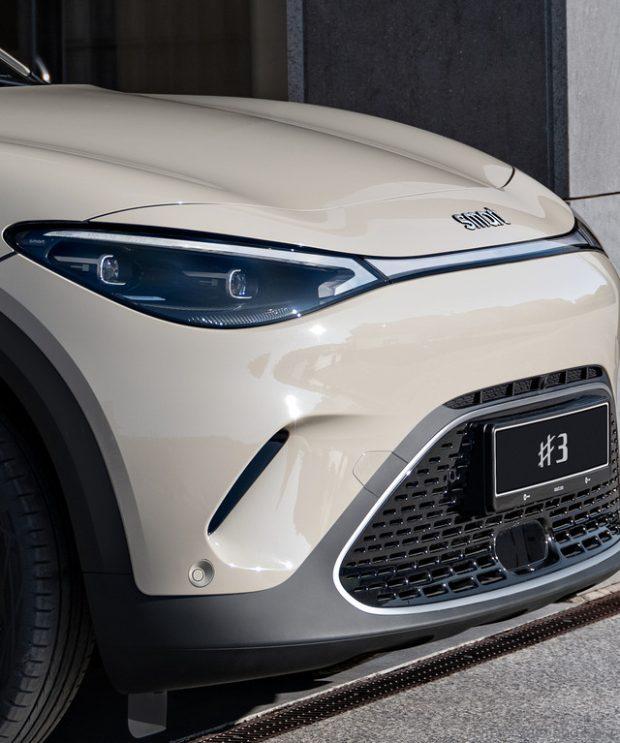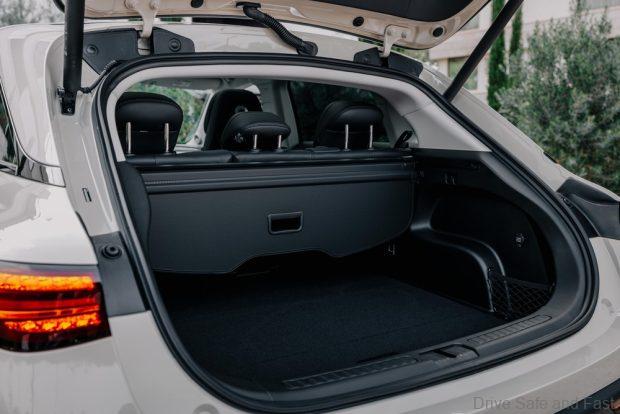With the launch of the BYD Sealion 7, the smart #3 Premium has very little to fall back on. Here’s our comparison.
Last week, Sime Darby Motors and BYD Malaysia launched the BYD Sealion 7, an EV that’s set to disrupt the market with its competitive price and features.

To highlight its value, we’re comparing it to the smart #3 Premium—a rival with a similar coupé SUV design and close price point.

Price and Package
The BYD Sealion 7 Performance costs RM199,800, undercutting the RM215,000 smart #3 Premium by RM15,200. Despite this, the Sealion 7 offers higher performance and better space.

Dimensions
The Sealion 7 is larger in every dimension, measuring 4,800 mm in length compared to the #3’s 4,400 mm.

It also provides a roomier wheelbase of 2,900 mm versus 2,785 mm, enhancing cabin space.


Performance and Battery
The Sealion 7 boasts dual motors with 523 hp, significantly outpacing the #3 Premium’s single motor and 268 hp. The Sealion 7’s larger 82.5 kWh capacity offers a better range of 580 km compared to the #3’s 455 km. It should be noted that BYD uses the CLTC measurement, which is more generous than the WLTP system which is followed by smart. There is no direct scientific conversion, but more generally agree that you should multiply the CLTC score by 0.8 to get the equivalent WLTP score. That would still put the BYD ahead by a few km. However, the big advantage of the smart #3 is it has faster AC charging at 22 kW versus the Sealion’s 11 kW. It’s also worth noting that the BYD product uses the Blade battery with LFP technology while the smart #3 uses NMC chemistry.

Equipment
In typical EV fashion, both of these vehicles are decked out with enough tech and features to keep you occupied for… at least a few days. Both have their own strengths – the smart #3 has its 13-speaker Beats audio system while the Sealion 7 Performance has a 12-speaker Dynaudio system. The BYD punches back with a 15.6” rotating display against the smart #3’s 12.8” fixed touchscreen, which would have been impressive in many other comparisons. Both vehicles have wireless charging pads and ambient lighting tech, 360-degree cameras, ADAS, and rear AC vents.

The BYD Sealion 7 manages to steal the show with superior size, range, speed all while coming in cheaper than the smart #3 Premium. What’s more, it even manages to out-do the smart #3 in terms of most of its equipment and features. The only place where the smart product has an object advantage is in its AC charging speed, which at 22kW is significantly faster and be a huge decision factor for those who charge at home and want a quick 3-hour turn-around time without paying exorbitant fees for DC charging outside.

But will that be enough to overcome all of the smart #3 Premium’s disadvantages? Will branding play a significant role in keeping customer interest in the brand now that BYD has a competing model with just a sleek a roofline? We’ll leave it up to you and the market to decide.
